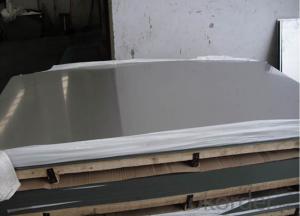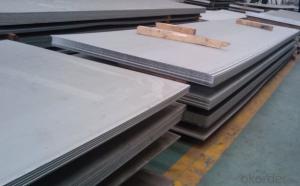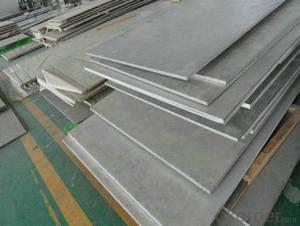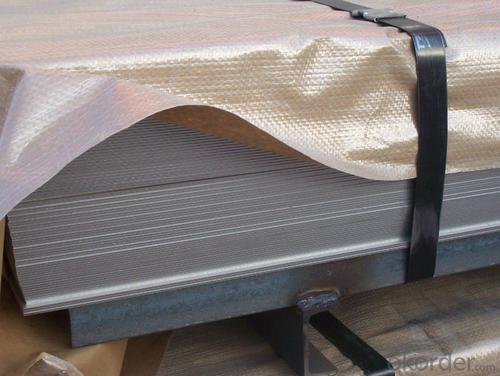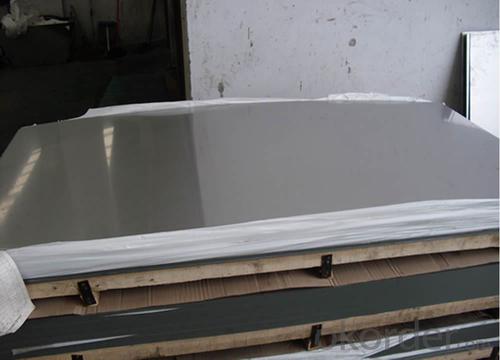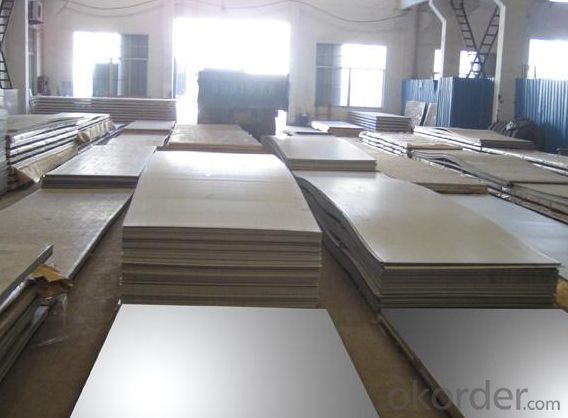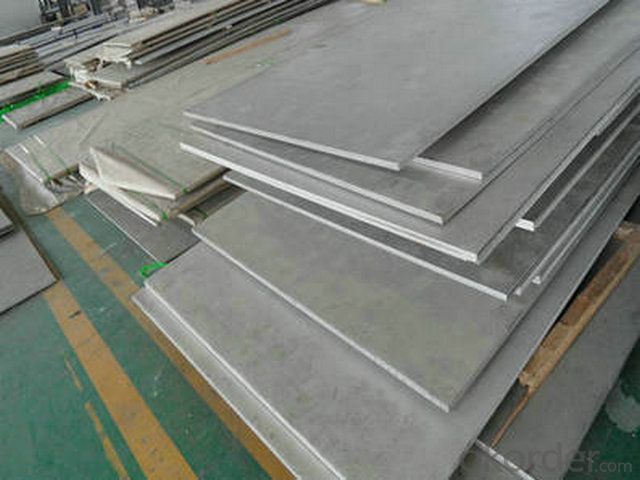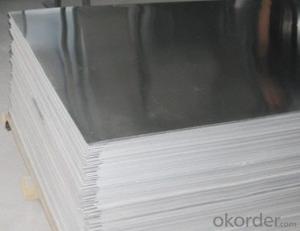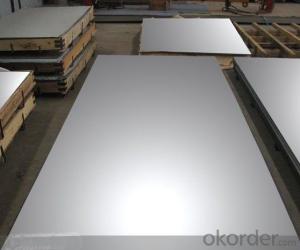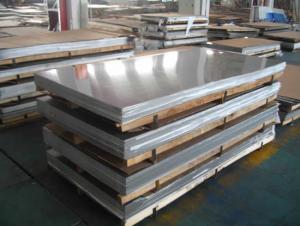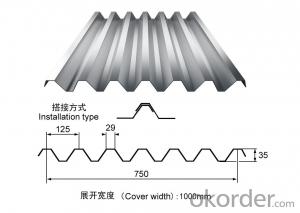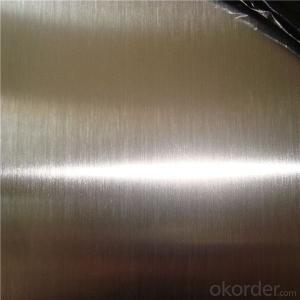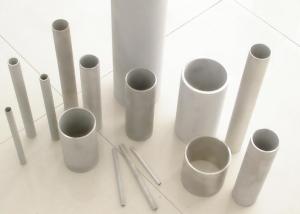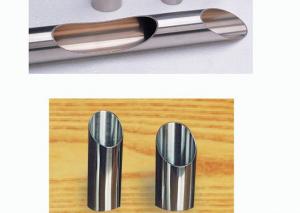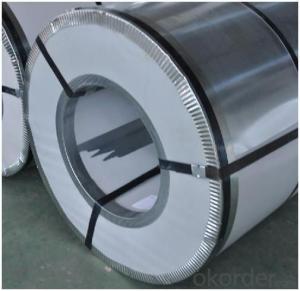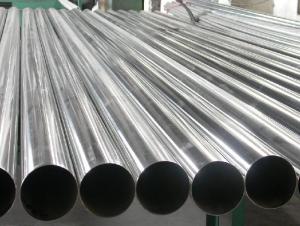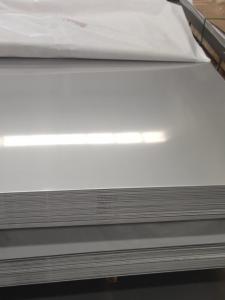Stainless Steel sheet and plate with Innovative Tech Support
- Loading Port:
- Shanghai
- Payment Terms:
- TT OR LC
- Min Order Qty:
- 10000 m.t.
- Supply Capability:
- 5000000 m.t./month
OKorder Service Pledge
OKorder Financial Service
You Might Also Like
Specifications of stainless steel
304 stainless Steel Plate
stainless steel plate,steel sheet,steel plate
Standard: ASTM,GB,DIN,JIS,ISO,EN,etc.
TISCO stainless Steel Plate 304/NO.1 finished
stainless steel plate,steel sheet,steel plate
Standard: ASTM,GB,DIN,JIS,ISO,EN,etc.
Delivery short and low cost advantage.
Description of stainless steel:
stainless steel plate,hot rolled stainless steel plate,cold rolled stainless steel plate,stainless steel sheet,steel sheet,sheet
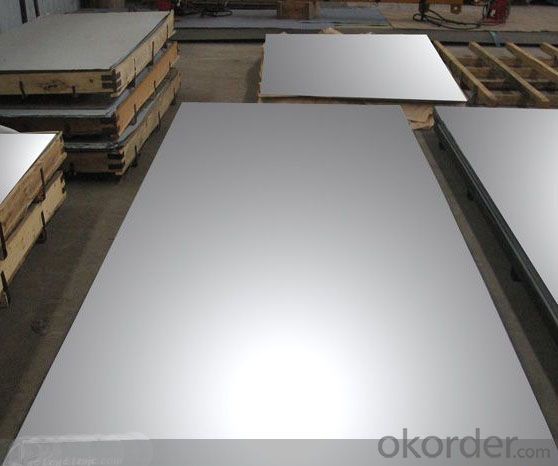
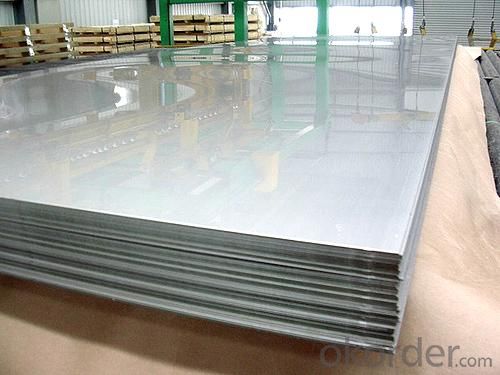
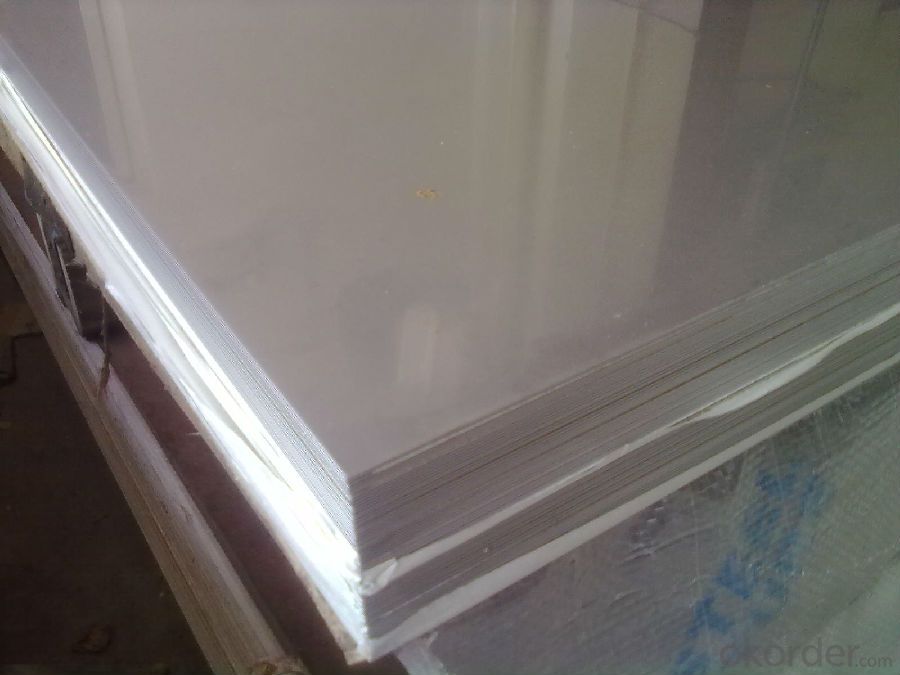
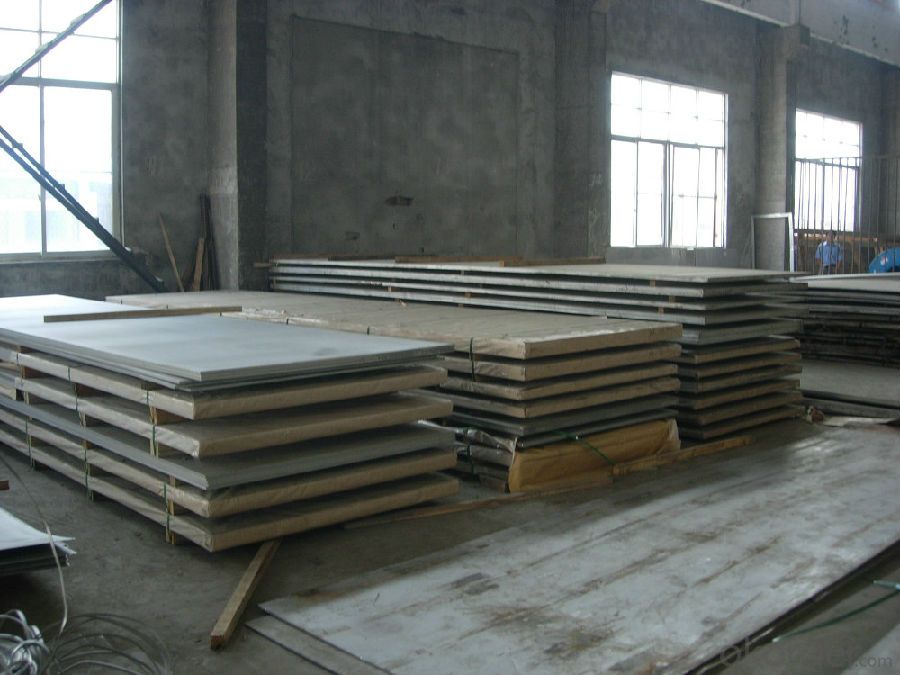
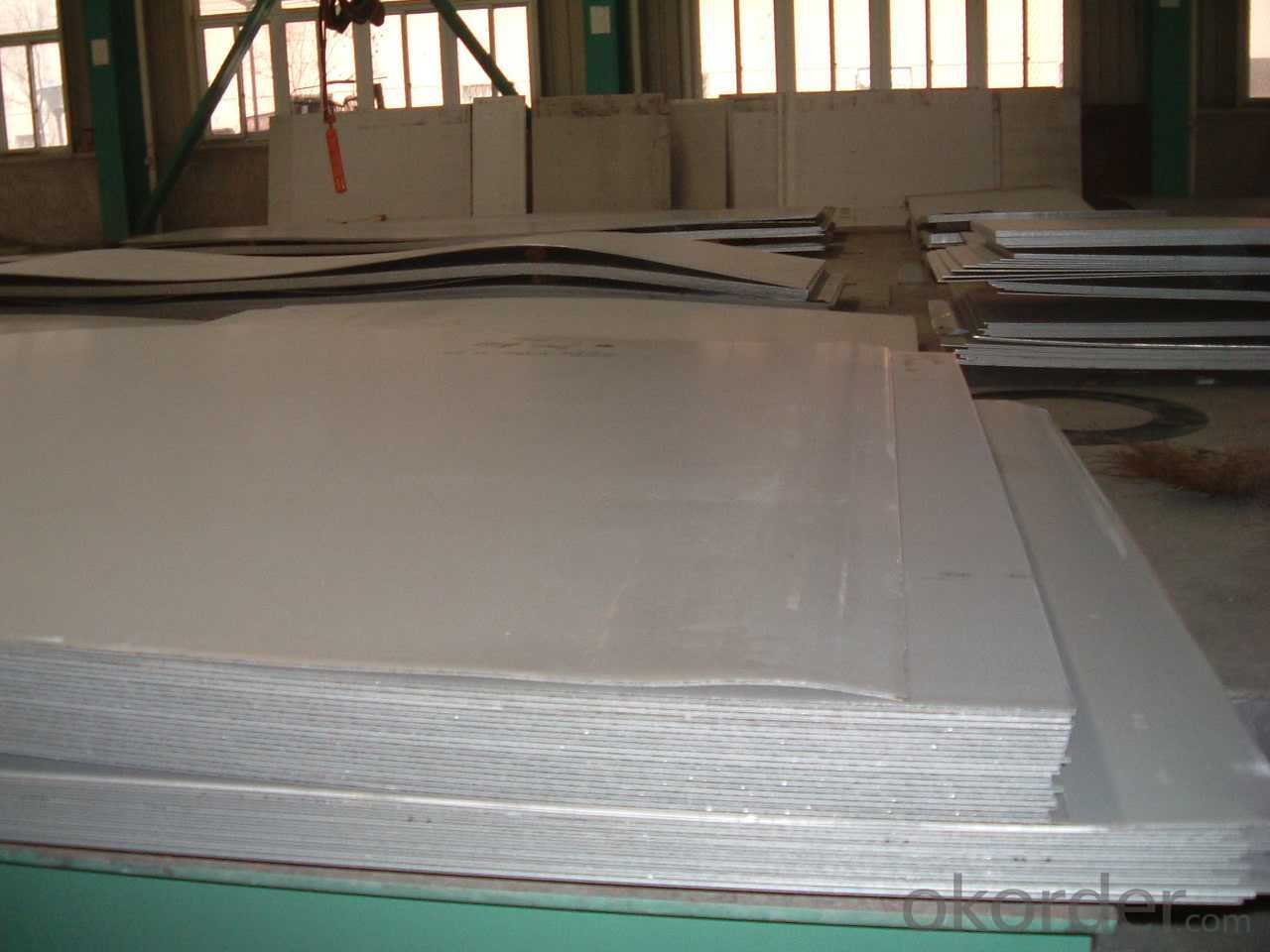
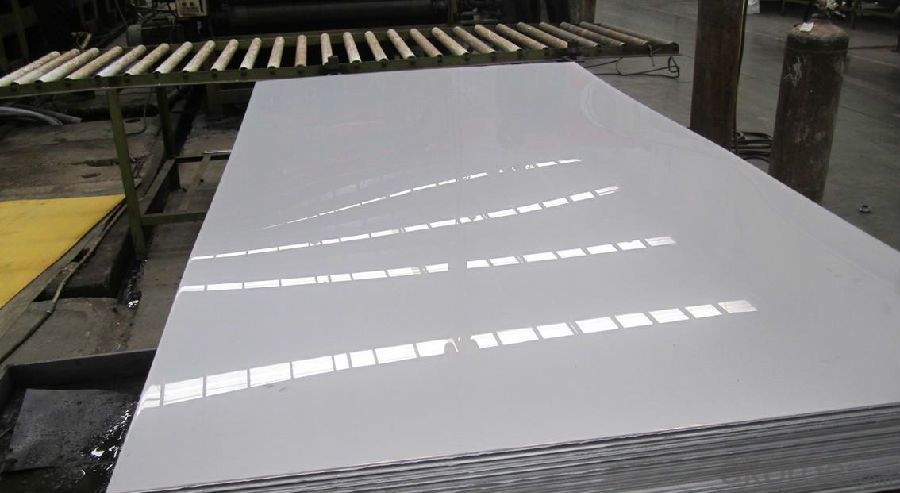
Material of stainless steel:
304,304L,309S,310S,316,316L,316Ti,317L,317L,321,347H,409,409L,410S,420,430,201,202,etc.
Thickness of stainless steel:
From 0.3mm to 100mm
Width of stainless steel:
1000mm,1219mm,1250mm,1500mm,1800mm,2200mm,2500mm or as your requirement
Length of stainless steel:
2000mm,2438mm,2500mm,6000mm,6096mm or as your requirement
Application of stainless steel:
Stainless steel plate applies to construction field, ships building industry, petroleum & chemical industries, war and electricity industries, food processing and medical industry, boiler heat exchanger, machinery and hardware fields. Our company has cooperative relation between the domestic agents. Stainless steel plate can be made accordingto the customers requirements. Fasten delivery. Quality assured.Welcome to order more.
Contacts
If you have any question,please feel free to contact us.
- Q: Can stainless steel sheets be used for outdoor sculptures?
- Yes, stainless steel sheets can be used for outdoor sculptures. Stainless steel is known for its durability, resistance to corrosion, and ability to withstand harsh weather conditions, making it a suitable material for outdoor sculptures that need to be exposed to the elements.
- Q: How do you remove rust or corrosion from stainless steel sheets?
- To remove rust or corrosion from stainless steel sheets, you can follow these steps: 1. Start by cleaning the surface of the stainless steel sheet with a mild detergent and warm water. This will remove any dirt or grease that could potentially interfere with the rust removal process. 2. After cleaning, thoroughly dry the sheet to prevent any further water damage and to ensure the rust removal process is effective. 3. Next, use a non-abrasive scrubbing pad or a soft cloth to apply a stainless steel cleaner or a homemade solution made of equal parts vinegar and water. Gently rub the affected area in the direction of the grain of the stainless steel. 4. If the rust or corrosion persists, you can try using a paste made of baking soda and water or a mixture of cream of tartar and water. Apply this paste to the affected area and let it sit for about 15 minutes. Then, scrub the area gently with a soft cloth or a non-abrasive scrubbing pad. 5. If the above methods do not fully remove the rust or corrosion, you can try using a commercial rust remover specifically designed for stainless steel. Be sure to follow the instructions provided by the manufacturer and use appropriate safety precautions. 6. After removing the rust or corrosion, rinse the stainless steel sheet thoroughly with clean water and dry it completely to prevent any water spots or further damage. 7. To prevent future rust or corrosion, it is recommended to regularly clean and maintain stainless steel surfaces using non-abrasive cleaners and avoiding harsh chemicals or abrasive materials. Remember to always test any cleaning solution or rust remover on a small, inconspicuous area of the stainless steel sheet before applying it to the entire surface, to ensure it doesn't cause any damage or discoloration.
- Q: Are stainless steel sheets resistant to fire?
- Yes, stainless steel sheets are highly resistant to fire. Due to their high melting point and excellent heat resistance, stainless steel sheets do not easily ignite or contribute to the spread of fire, making them ideal for applications where fire safety is crucial.
- Q: Are stainless steel sheets resistant to heat and high temperatures?
- Stainless steel sheets possess exceptional resistance to heat and high temperatures. Their remarkable heat resistance properties enable them to maintain both their strength and structural integrity even under extreme temperature conditions. Consequently, stainless steel sheets are highly suitable for a diverse range of applications that involve heat and high temperatures. These applications include industrial furnaces, boilers, heat exchangers, and automotive exhaust systems. Stainless steel is capable of enduring temperatures of up to 1200 degrees Celsius (2192 degrees Fahrenheit) without compromising its structural properties, rendering it a favored option in industries requiring materials that can withstand intense heat. Furthermore, stainless steel also exhibits excellent resistance to oxidation, thereby preventing the formation of rust or scale when exposed to high temperatures for extended durations. In sum, stainless steel sheets serve as an exceptional choice for applications necessitating resistance to heat and high temperatures.
- Q: What is the ductility of stainless steel sheets?
- The ductility of stainless steel sheets refers to its ability to deform under tensile stress without fracturing or breaking. Stainless steel is known for its excellent ductility, allowing it to be stretched, bent, or hammered into various shapes without losing its structural integrity. This property makes stainless steel sheets highly versatile and suitable for a wide range of applications, including construction, automotive manufacturing, and kitchen appliances. Due to its high ductility, stainless steel can be formed into complex shapes or rolled into thin sheets, making it ideal for intricate designs or thin-walled structures. Additionally, stainless steel's ductility also allows for easy welding, making it a popular choice for fabrication processes.
- Q: What is the thickness tolerance for stainless steel sheets?
- The thickness tolerance for stainless steel sheets can vary depending on the specific grade and manufacturing process. However, in general, the typical thickness tolerance for stainless steel sheets is around +/- 0.005 inches or +/- 0.13 millimeters.
- Q: Are stainless steel sheets suitable for marine environments?
- Yes, stainless steel sheets are suitable for marine environments. Stainless steel is highly resistant to corrosion and rust due to the presence of chromium in its composition. This makes it an ideal material for use in marine environments where constant exposure to saltwater and moisture can cause other metals to corrode quickly. Stainless steel sheets also have good mechanical properties, high strength, and excellent durability, which further make them suitable for marine applications. Additionally, stainless steel is easy to clean and maintain, ensuring its longevity and performance in harsh marine conditions.
- Q: What are the benefits of using laser-cut stainless steel sheets?
- The benefits of using laser-cut stainless steel sheets include precision and accuracy in cutting, clean and smooth edges, high-quality finish, versatility in design options, increased productivity and efficiency, and cost-effectiveness in the long run due to reduced material waste and minimal post-processing requirements.
- Q: What is the maximum width of a stainless steel sheet?
- The maximum width of a stainless steel sheet typically depends on the manufacturing capabilities and equipment used by the stainless steel sheet manufacturer. However, in general, stainless steel sheets are available in a wide range of widths to meet various industry and application requirements. Common standard widths for stainless steel sheets can vary from 36 inches (91.44 cm) to 72 inches (182.88 cm) or even wider. Additionally, some manufacturers may offer custom cutting services to provide stainless steel sheets with even larger widths based on specific customer needs. It is always advisable to consult with the manufacturer or supplier to determine the maximum width options available for the specific stainless steel sheet desired.
- Q: Can stainless steel sheets be used for elevator wall panels?
- Yes, stainless steel sheets can be used for elevator wall panels. Stainless steel is a durable and corrosion-resistant material, making it suitable for high-traffic areas like elevators. Its sleek and modern appearance also enhances the overall aesthetics of the elevator interior.
Send your message to us
Stainless Steel sheet and plate with Innovative Tech Support
- Loading Port:
- Shanghai
- Payment Terms:
- TT OR LC
- Min Order Qty:
- 10000 m.t.
- Supply Capability:
- 5000000 m.t./month
OKorder Service Pledge
OKorder Financial Service
Similar products
Hot products
Hot Searches
Related keywords

